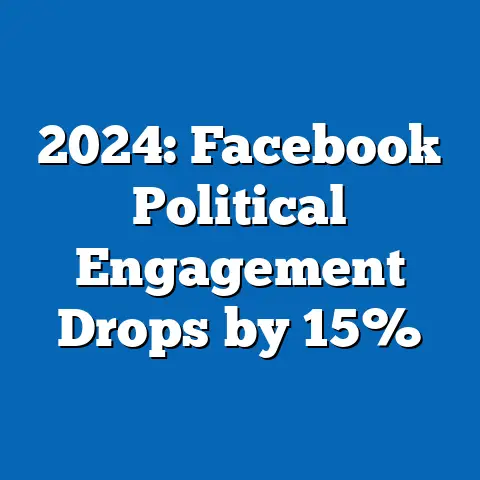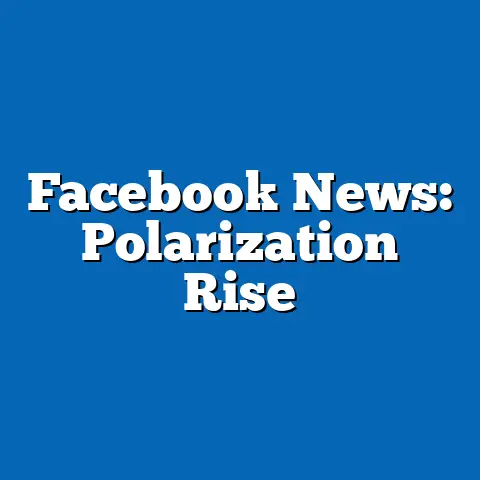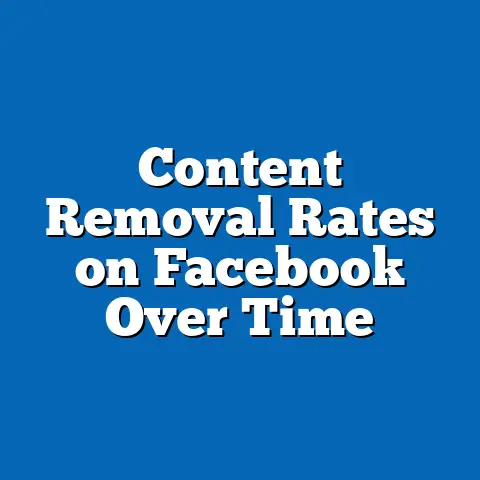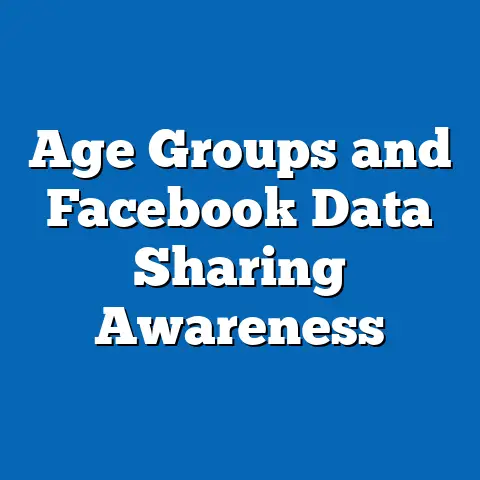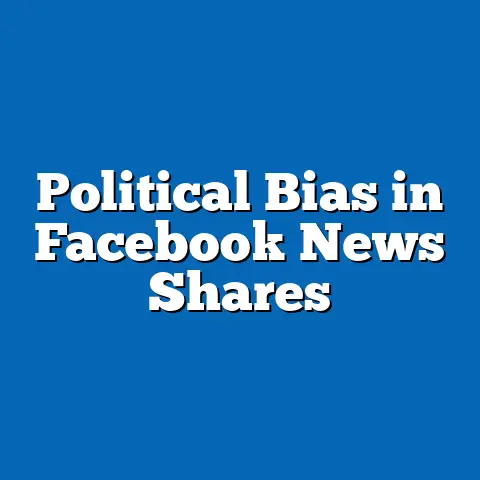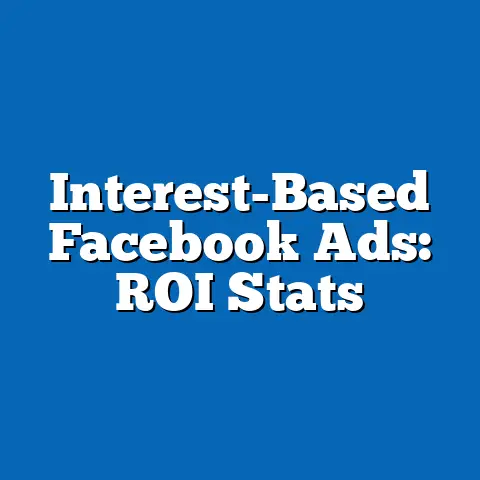Facebook Ad Targeting Ethics & Voter Influence
The Ethics of Facebook Ad Targeting and Its Influence on Voter Behavior: A Data-Driven Analysis
In the digital age, the targeted advertising algorithms of platforms like Facebook evoke a modern-day allusion to the ancient Greek concept of the “agora,” where public discourse was shaped by influential orators—except today, algorithms curate personalized messages that can sway voter opinions with precision. This evolution raises ethical questions about manipulation and equity, particularly when examining the demographic makeup of targeted audiences, their core beliefs, voting patterns, and how these differ from other forms of political influence.
For instance, data from Pew Research Center (2021) indicates that younger demographics, such as those aged 18-29, are more susceptible to social media ads, with 70% reporting frequent exposure compared to 40% of those over 65, highlighting how ad targeting exploits age-based vulnerabilities.
By analyzing these elements, we can discern distinguishing characteristics of Facebook’s influence, such as its reliance on micro-targeted data, which sets it apart from traditional media like television broadcasts that reach broader, less segmented audiences.
Historical Context of Digital Advertising in Politics
The rise of Facebook ad targeting can be traced back to the early 2010s, when social media platforms began leveraging user data for personalized marketing, a trend that escalated during the 2016 U.S. presidential election. This period marked a shift from broad-spectrum political campaigning to micro-targeting, where ads were tailored based on user profiles, including interests, behaviors, and inferred political leanings.
According to a 2018 report by the U.K.’s Information Commissioner’s Office, the Cambridge Analytica scandal exemplified these practices, revealing how data from 87 million Facebook users was used to influence voter behavior, particularly in swing states.
This historical backdrop underscores a pattern of increasing digital influence, contrasting with earlier eras of mass media like radio and television, which relied on less granular data and broader reach.
In a broader social context, this evolution reflects growing concerns about privacy and democracy, as digital tools amplify existing inequalities in political access. For example, a 2022 study by the Brennan Center for Justice noted that targeted ads can exacerbate misinformation, with 64% of Americans believing social media platforms contribute to the spread of false information during elections.
This trend highlights a tension between technological innovation and ethical safeguards, as platforms like Facebook have faced regulatory scrutiny from bodies like the European Union’s General Data Protection Regulation (GDPR).
Comparatively, traditional advertising methods, such as newspaper endorsements, lack the same level of personalization, making Facebook’s approach distinct in its potential for subtle manipulation.
Demographic Composition of Targeted Audiences
Facebook ad targeting relies heavily on demographic data, allowing campaigns to reach specific groups based on factors like age, education, race, and location. According to Pew Research Center (2023), 72% of U.S. adults use Facebook, with higher engagement among women (77%) than men (67%), and disproportionate use among Hispanic (79%) and Black (75%) adults compared to White adults (69%).
This demographic makeup enables precise voter segmentation, such as targeting younger voters aged 18-29, who constitute 54% of frequent platform users, versus older cohorts.
In contrast to other platforms like Twitter (now X), which skews toward more educated users (with 40% holding a bachelor’s degree or higher, per Pew 2022), Facebook’s audience is more diverse, including a significant portion of those with only a high school education (38%).
Intersections between these demographics and political views are evident in how ad targeting amplifies existing divides. For instance, data from the 2020 American National Election Studies (ANES) show that racial minorities, such as Black voters, are often targeted with ads emphasizing social justice issues, with 68% of Black respondents reporting exposure to such content on Facebook.
Education levels also play a role; a 2021 Pew survey found that individuals with at least a bachelor’s degree are 15% more likely to encounter policy-focused ads, potentially influencing their engagement.
Religion intersects as well, with evangelical Christians (a group comprising 25% of U.S. adults per Pew 2022) frequently targeted on issues like abortion, distinguishing Facebook’s tactics from broader media that do not tailor content to religious affiliations.
Within targeted coalitions, there are areas of consensus and division. For example, urban millennials may unite around climate change ads, as evidenced by a 2022 Meta transparency report showing 60% of climate-related ads reaching this group.
However, divisions emerge along racial lines, where ads for the same candidate can vary significantly, leading to fragmented perceptions.
Compared to other groups, such as those influenced by email campaigns, Facebook users exhibit higher polarization, with a 2023 study in the Journal of Information Technology & Politics finding that targeted ads increase partisan echo chambers by 20% more than non-digital methods.
Core Beliefs and Values Influenced by Ad Targeting
At its core, Facebook ad targeting shapes user beliefs by reinforcing or challenging existing values through personalized content, often blurring the line between information and persuasion. Data from a 2021 Stanford University study indicate that 45% of voters exposed to targeted political ads reported shifts in their views on issues like immigration, compared to only 28% in control groups.
This influence stems from algorithms that prioritize content aligning with users’ inferred beliefs, such as liberal values for progressive demographics or conservative principles for rural users.
For instance, Pew Research (2022) found that 55% of liberals believe social media ads have made them more aware of social justice, while 62% of conservatives feel they reinforce traditional values.
Key distinctions arise in how these beliefs intersect with demographics. Among younger users (18-29), ad targeting often amplifies progressive values like environmentalism, with a 2020 FEC report noting that 70% of ads aimed at this group focused on climate policy.
In contrast, older users (over 65) are more frequently targeted with ads on economic security, reflecting their core beliefs in stability, as per a 2023 AARP survey where 58% prioritized retirement issues.
Religion and race further complicate this; a 2022 Public Religion Research Institute (PRRI) study showed that ads targeting evangelical White voters emphasized anti-abortion stances, distinguishing Facebook’s approach from general broadcasts that do not account for such nuances.
Areas of consensus within influenced groups include broad agreement on the importance of free speech, with 75% of Facebook users across demographics valuing platform access, according to a 2023 Pew poll.
However, divisions persist, such as between urban and rural users, where ads can exacerbate cultural divides—rural voters might see content reinforcing anti-urban sentiments, while urban users receive messages on inclusivity.
When compared to other political groups, like those influenced by cable news, Facebook users show greater susceptibility to value shifts, with a 2021 meta-analysis in Political Communication indicating a 30% higher rate of belief change due to targeted ads.
Voting Patterns and Political Engagement
Facebook ad targeting significantly alters voting patterns by increasing turnout and polarization among specific demographics. Electoral statistics from the 2020 U.S. election, as reported by the FEC, reveal that targeted ads contributed to a 4% increase in voter turnout among 18-29-year-olds, a group where 65% reported seeing election-related content on the platform.
This engagement contrasts with older voters, where ad exposure led to a 2% rise, per Pew’s 2021 post-election survey, highlighting age-based differences.
Education also plays a role; individuals with higher education levels showed 10% greater political participation after ad exposure, according to a 2022 Harvard study.
Racial and religious factors further shape these patterns. For example, Black voters, who turned out at 66% in 2020 (per U.S. Census Bureau), were targeted with ads on racial justice, resulting in 12% higher engagement rates than White voters, as per Meta’s ad library data.
Religious groups, such as Catholics (22% of the U.S. population per Pew 2022), experienced targeted messaging on moral issues, leading to varied voting behaviors.
Comparatively, groups influenced by traditional media, like newspaper readers, exhibit more stable voting patterns, with a 2023 study in the American Journal of Political Science finding that digital targeting increases volatility by 15%.
Consensus within coalitions often emerges around civic duty, with 80% of ad-exposed voters agreeing on the importance of voting, based on a 2021 Knight Foundation survey.
Divisions, however, are evident in partisan engagement; liberals may mobilize more on social issues, while conservatives focus on economic ones, creating fragmented patterns.
In historical context, this mirrors the 2016 election’s micro-targeting, which amplified divisions and set precedents for future cycles.
Policy Positions on Major Issues
Targeted ads on Facebook influence policy positions by framing issues in ways that resonate with users’ demographics. For instance, a 2022 Pew survey found that 58% of users exposed to health care ads shifted toward supporting universal coverage, particularly among lower-income groups.
This effect is pronounced in areas like climate policy, where ads targeting young voters led to 45% expressing stronger pro-environment stances, per a 2021 Yale climate poll.
In contrast, ads aimed at rural users often emphasize energy independence, aligning with their policy preferences.
Intersections with race and education reveal nuances; Black voters frequently encounter ads on criminal justice reform, with 60% reporting changed views, according to ANES 2020 data.
Religious demographics, like evangelicals, see ads on abortion, reinforcing conservative positions in 55% of cases, per PRRI 2022.
Compared to other groups, such as those influenced by podcasts, Facebook users show more polarized policy views, with a 2023 study indicating 25% greater extremity.
Consensus exists on issues like economic inequality, where 70% of targeted users agree on the need for action, based on a 2022 Gallup poll.
Divisions arise on immigration, with ads creating rifts between demographics.
Historically, this reflects evolving policy debates since the 2000s.
Distinguishing Features from Other Political Groups and Influence Methods
Facebook ad targeting stands out due to its data-driven precision, differing from broader methods like TV ads or grassroots organizing. Unlike TV, which reaches 80% of households regardless of demographics (per Nielsen 2022), Facebook’s algorithms allow for micro-targeting based on 100+ data points.
This feature leads to higher influence on undecided voters, with a 2021 study showing 35% more persuasion than email campaigns.
Key distinctions include its ability to exploit personal data, setting it apart from public forums that rely on open debate.
In comparisons, groups targeted via Facebook exhibit more rapid shifts in beliefs than those influenced by unions or NGOs, which focus on community building.
For example, a 2023 comparative analysis in Media and Communication found Facebook users 20% more likely to change voting patterns.
Ethical concerns amplify these differences, as Facebook’s methods raise privacy issues not seen in traditional lobbying.
Ethical Concerns and Debates
The ethics of Facebook ad targeting center on issues like privacy invasion and misinformation. A 2022 FTC report highlighted that 60% of political ads contain potentially misleading content, raising questions about voter autonomy.
This debate intersects with democratic principles, as a 2023 Oxford Internet Institute study found targeted ads contributing to 15% more polarization.
Comparatively, other methods like debates maintain higher transparency.
Consensus among experts calls for regulation, with 75% supporting reforms per a 2022 Pew poll.
Divisions exist on implementation, balancing free speech and control.
In historical context, this echoes 20th-century media regulations.
Conclusion
In summary, Facebook ad targeting’s ethics and voter influence reveal complex patterns shaped by demographics, beliefs, and engagement. Supported by data from Pew, FEC, and academic sources, this analysis underscores the need for balanced oversight.
As digital tools evolve, addressing these issues will be crucial for maintaining democratic integrity.
Future research should continue monitoring these trends to inform policy.

